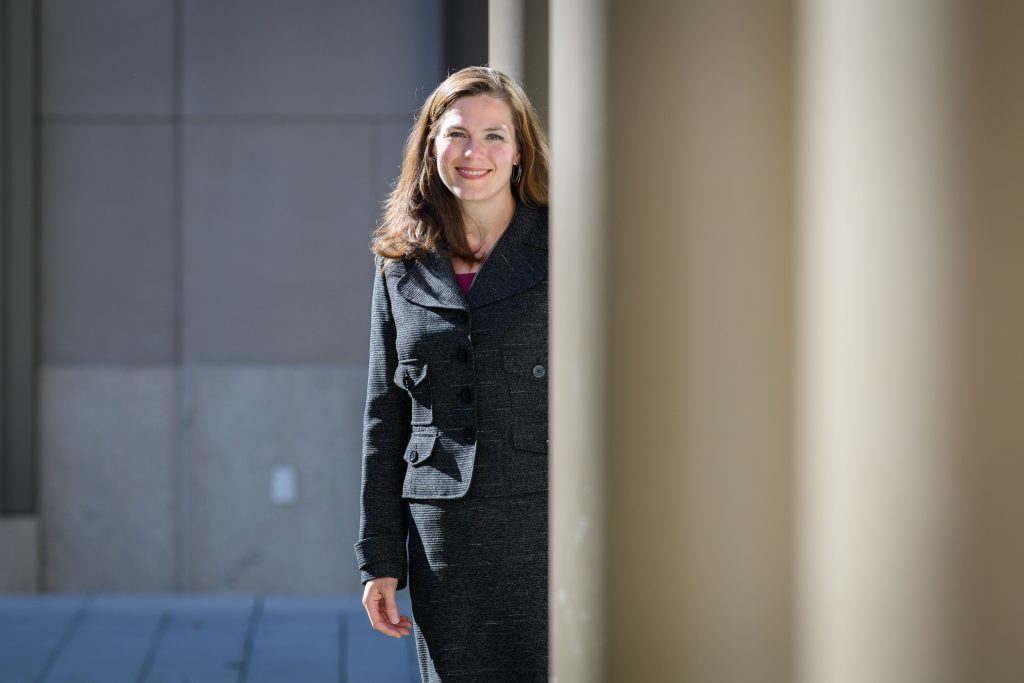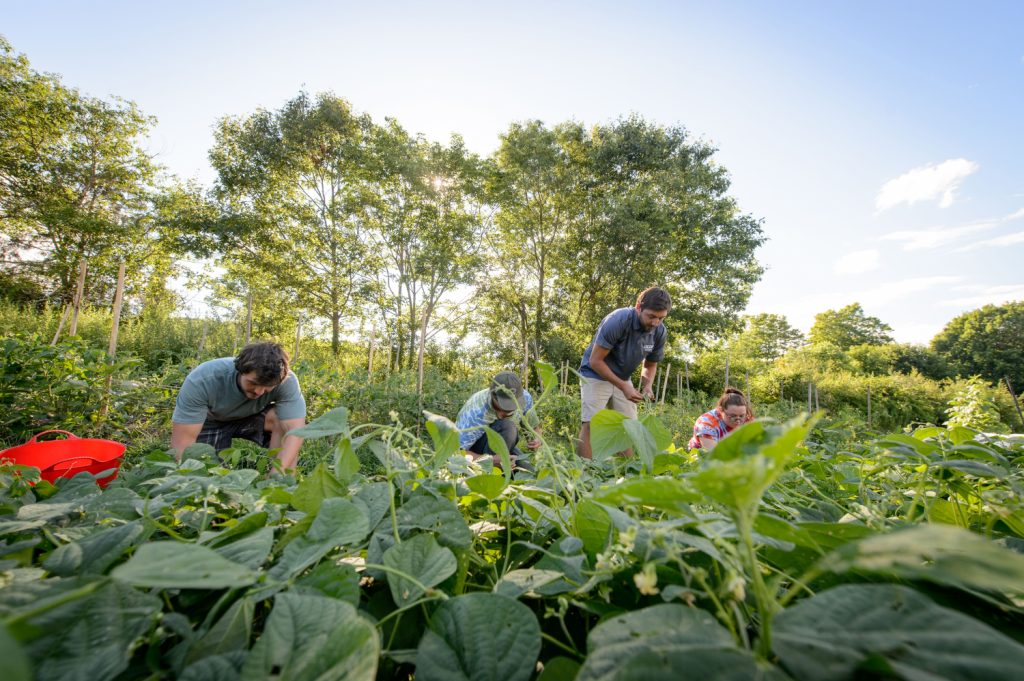Research & Discovery
Our Monuments to Inequality
Why today’s America is much like that of the late 1800s, according to Manisha Sinha, Draper Chair of American History, and author of the prize-winning book, 'The Slave’s Cause.'
October 4, 2017 | Christine Buckley
Cell Modeling Tool Makes Complex Calculations User-Friendly
The Virtual Cell, or VCell as it’s known at UConn Health, is a software platform that offers the most comprehensive set of modeling and simulation capabilities for cell biology in the world.
October 3, 2017 | Kim Krieger
Using Social Media to Take on Climate Change
Two UConn graduate students are on a mission to change the world one video at a time.
October 3, 2017 | Jessica McBride, Office of the Vice President for Research
Website Breaks Down Statewide Benefit of UConn Research Funding
State residents interested in seeing how UConn research dollars benefit local communities can now find that information quickly and easily through a new website.
October 2, 2017 | Colin Poitras
Adding $1 to Minimum Wage = Less Child Neglect
A recent study co-authored by a UConn public policy professor found that a dollar increase in the minimum wage can result in a nearly 10 percent decline in child neglect reports.
October 2, 2017 | Kenneth Best
‘Green Industries’ Now Drive Connecticut Agriculture
Agriculture contributes 21,000 jobs and $800 million to the state's economy, according to a report released today.
September 29, 2017 | Combined Reports
Student-Athlete Strong: Ericka Randazzo
'Being a Husky teaches you how to be a better person – not just on campus, but for the rest of your life,' says Randazzo, a student in the Special Program in Medicine as well as an athlete on the Women's Track team.
September 29, 2017 | Susan Twiss
2,000-year-old Ship Found Intact by UConn Expert, Colleagues
Avery Point-based Kroum Batchvarov is co-director of the Black Sea Maritime Archaeology Project, which has discovered more than 60 shipwrecks so far.
September 25, 2017 | Kenneth Best
New Lab Opens to Test Human Performance Limits in Heat
The new MISSION Heat Lab at UConn’s Korey Stringer Institute, which is outfitted with the latest in climate control technologies and human performance monitoring systems, opens today.
September 22, 2017 | Colin Poitras
Science in Seconds: UConn Health’s 3-D Print-out of Brain
Using brain scans and a 3-D printer, a UConn team made a life-size model of the arteries surgeons must navigate to pull blood clots from stroke victims.
September 20, 2017 | Elizabeth Caron









